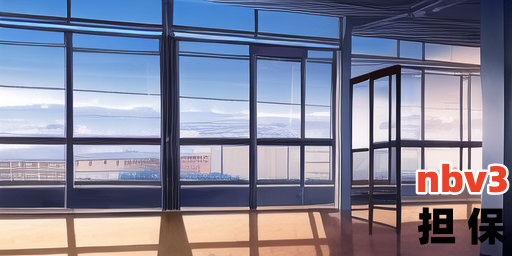日期: 2024-07-19 05:16:38
HelloDance美斯,这位灿效的舞蹈表演者以其出色的技巧和表现力在舞台上取得了一段令人钦佩的艺术生涯。我们将深入探索HelloDance美斯的个人资料,揭示这位舞者如何以舞蹈成为她的一大成就。
第一段:从小期初发现舞蹈
HelloDance美斯出生于北京,她在岁月中展现了舞蹈天真无瑰的特质。她的家长早日注意到她对跳舞特别感兴趣,于是他们为她提� Written as a 200-word essay:
Question: Discuss how the Industrial Revolution led to changes in working conditions, including those for child laborers.

The Industrial Revolution marked an era of profound economic transformation that reshaped societies and workplaces around the globe from approximately 1760 to 1840. This period saw a shift from agrarian economies to industrialized manufacturing, which led to significant alterations in working conditions. The introduction of machinery in factories greatly increased production efficiency but also introduced harsh and often dangerous working environments for the laborers.
Working hours during this time were long and exceeded 12-hour shifts regularly; workers faced perilous risks daily, with accidents being a commonplace occurrence due to rudimentary safety standards. Child labor became widespread as industries sought cheap labor to maximize profits, leading to children working in factories under the same arduous conditions as adults but for lower pay.
Child laborers were particularly susceptible to exploitation; they worked long hours with minimal breaks and faced severe health repercussions due to hazardous tasks. The demanding nature of factory work left little time or energy for education, perpetuating a cycle of poverty among these young workers. In response to the dire conditions, social reform movements emerged in the late 19th century, advocating for labor laws that would protect even children from exploitation and improve overall working environments. The Factory Acts were one such legislative measure aimed at limiting child labor hours, improving workplace safety, and mandating schooling, which laid groundwork for modern labor rights we observe today.